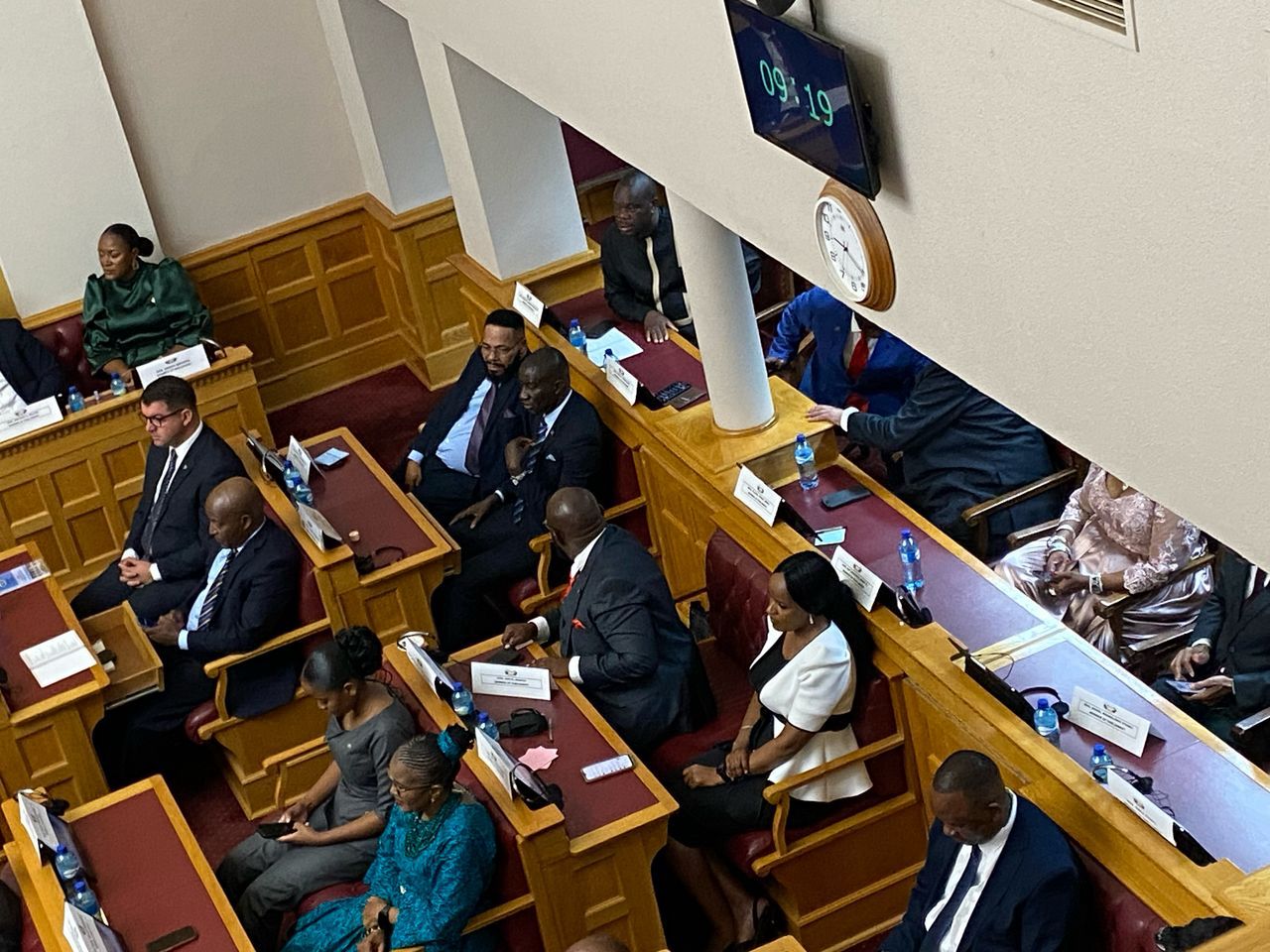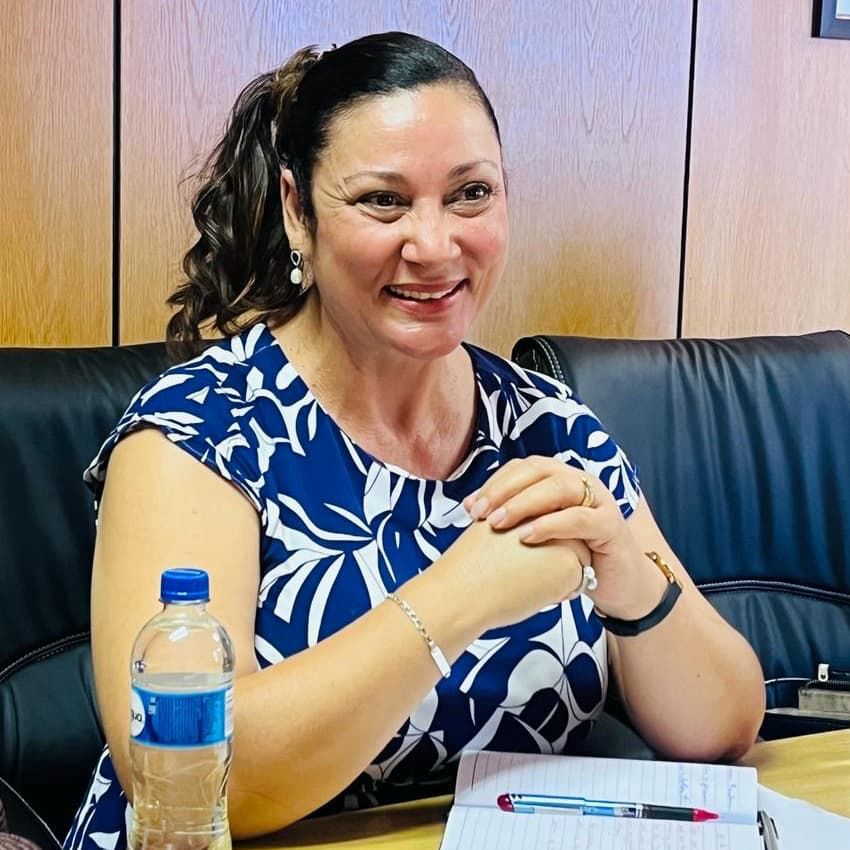Police inspector general Joseph Shikongo has warned the public to avoid floodplains after the number of deaths caused by floods in northern Namibia stood at 16 yesterday.
He advised residents of flood-affected areas to avoid flooded areas – especially at night.
This comes after 16 people have drowned in the Oshana region since the beginning of March, with the youngest being 6 years old and the oldest 65.
This has been confirmed by Oshana regional commander commissioner Naftal Sakaria.
Shikongo said communities should communicate with their local authorities and councillors if they are in urgent need of medical assistance or food.
“Where people have challenges of getting medical facilities or getting help from elsewhere they should communicate to the police or local authorities that we need food or medical assistance,” he said.
He said the police have deployed boats to reach communities that are cut off due to floods.
A police helicopter has also been dispatched to areas of Ohangwena, Omusati, Oshana to assist communities.
Shikongo warned residents against crossing flooded areas at night, saying visibility is low and people cannot see the dangers of the water.

“When it’s dark, even a shallow stream can become dangerous. We strongly advise the public not to cross at night,” he said.
‘YOU WILL NOT SEE’
Sakaria said children play in the water and drown, whereas adults try to hunt for birds and fish and drown.
He said elderly people coming from shebeens and local cuca shops cross oshanas, “and because the water is really high, the earth dams are submerged. So you will not see.
“Especially at night, we have got a number of incidents that happened with people coming from these places. So as a result, we are standing at 16”.
Sakaria spoke to Desert FM earlier this week about the current flooding in the Oshana region.
Many rural areas, including schools in the region, are cut off from essential services following recent heavy rains, accompanied by floodwaters from Angola.
He said the police are are trying to educate the public to steer clear of the water.
The water levels are uncommon, with most areas completely cut off, he said.
“The positioning of the village houses and mangrove fields are a little bit higher, and then they are surrounded by oshanas. These oshanas are full of water now, and it becomes difficult for especially elderly people to cross the water to seek assistance,” Sakaria said.
‘MOVE IN GROUPS’
Oshana governor Elia Irimari says most of the drownings are due to people travelling at night.
He advises people to travel in groups of more than three with ropes to help each other if they fell in the water.

“The best basic safety measures is that when people are travelling they are in groups, and it’s advisable for them to have a rope, whereby each one holds it in case the first person drowns,” he says.
Irimari urges people not to swim in the floodwaters – even if they are good swimmers – due to the increased depth of the water caused by flooding from Angola.
The governor says the ministry has deployed a disaster risk management team to share information on social media.
NDF EFFORTS
Namibian Defence Force (NDF) spokesperson Petrus Shilumbu says the force has committed two helicopters, pilots and ground crews with a total of nine members to assist in flood relief operations.
“As the defence force, we are the last resort of the government, and we come in with manpower and critical equipment, such as helicopters, trucks, and drivers to help ease the situation, save lives, and protect property,” he says.
Shilumbu says the NDF has rendered aid in terms of food, rescues and distributing medical supplies to the affected areas.
He says the NDF is currently assisting flood-hit communities in the Kunene, Oshana, Omusati, and Ohangwena regions.
The Namibian Air Force has deployed a truck supplying fuel to helicopters.
Stay informed with The Namibian – your source for credible journalism. Get in-depth reporting and opinions for
only N$85 a month. Invest in journalism, invest in democracy –
Subscribe Now!









